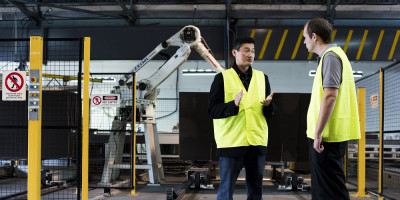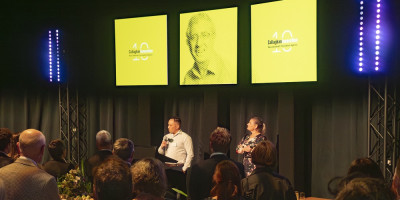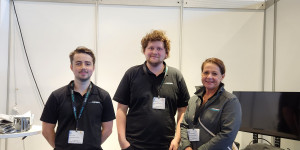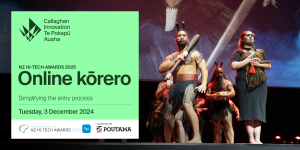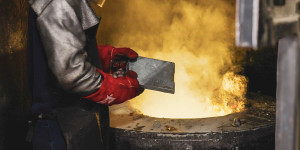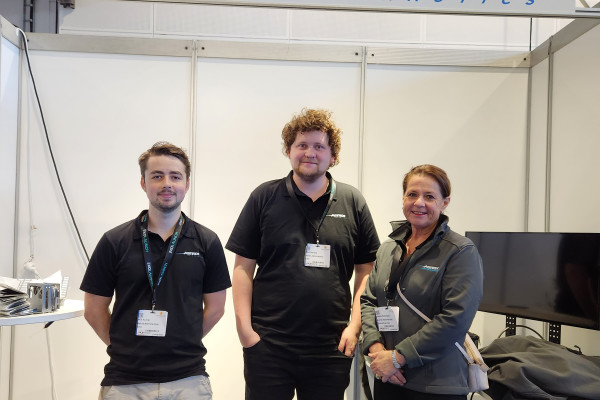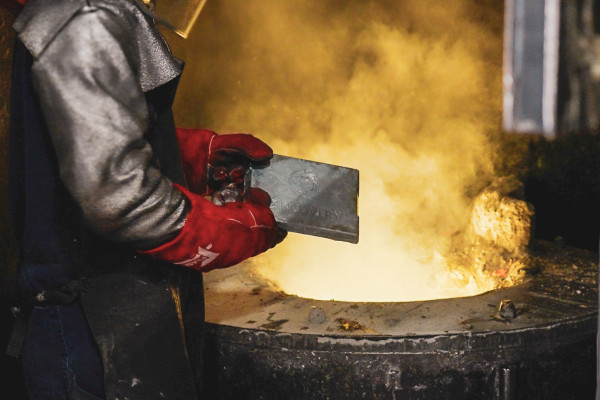Needing to change the way innovation was approached within the business, Beca developed an internal accelerator. With the help of Callaghan Innovation, they can now fast-track market-leading ideas.
At a glance
- with a need to tackle business and customer challenges in a better way, Beca developed the New Ventures Accelerator.
- With a number of grants and support from Callaghan Innovation, including the R&D Experience Grant, Beca is taking more innovation projects on and getting them to market a lot quicker.
- The New Ventures Accelerator is empowering Beca’s staff, including Dr Shaan Cory who developed an award-winning project that helps building managers with the energy efficiency of commercial buildings.
Beca gets immense value from the support we receive from Callaghan Innovation.
- Mark Fleming, Chief Financial Officer, Beca
Little time for failure
When hundreds of millions of dollars are on the line, of course a company would have a low tolerance for failure.
Beca however, a professional services consultancy employing thousands across Asia-Pacific, knew they needed to tackle problems the business and its customers were facing in a new way. They needed a faster way to innovate.
The New Ventures Accelerator (NVA) was born, tasked with commercialising new services to help tackle the big problems, problems like the one Dr Shaan Cory, Beca’s building scientist, saw in developing a new way to improve the energy efficiency of commercial buildings.

Dr Shaan Cory
Partnering for R&D growth
Callaghan Innovation’s relationship with Beca has involved a number of different grants and support.
Initially, after discussions with Callaghan Innovation for example, Beca was able to partner with start-up accelerator Creative HQ, which assisted Beca in the early stages of developing the NVA.
As well, they’ve used different grants to help scale up the level of R&D they do overall, with Beca “running more projects and taking them to market in an accelerated period of time,” according to Sam Fielden, Commercial Manager of the New Ventures Accelerator, as a result.
Callaghan Innovation R&D Experience and Career Grants for example, have allowed undergraduate engineering students to work with Beca on innovative projects, such as an artificial intelligence-powered chatbot designed to reinvent the process of gathering community feedback on building and engineering projects.
“Beca gets immense value from the support we receive from Callaghan Innovation” says Mark Fleming, Beca’s, Chief Financial Officer.

Sam Fielden
Removing the barriers to innovate
Whereas previous innovation pathways for Beca employees involved developing their projects in their spare time before getting noticed and supported, the NVA has changed that. Now there is a dedicated venture team, funding to develop ideas, and even more empowerment to free up staff to work on new innovations.
Dr Cory’s award-winning energy efficiency project is a leading example of the acceleration of innovation able to be achieved. He and his colleagues were run off their feet assisting customers to optimise their building management systems to reduce energy consumption and their carbon footprint.
B-Tune was developed as a result at an accelerated pace. Drawing on Beca’s deep understanding of building management and the big data modern buildings generate, B-Tune automates part of the process, helping building owners to reduce energy consumption and costs, cut emissions and improve occupant comfort – with a fast return on investment.
With Auckland University of Technology’s (AUT) Mana Hauora building for example, B-Tune led to a reduction in energy consumption of 30 per cent, saving AUT $27,000 a year.
“Without access to the NVA, it may have taken Dr Cory four times as long to develop B-Tune. We may even have missed out on its long-term impact entirely,” says Fielden.

B-Tune Power BI dashboard







